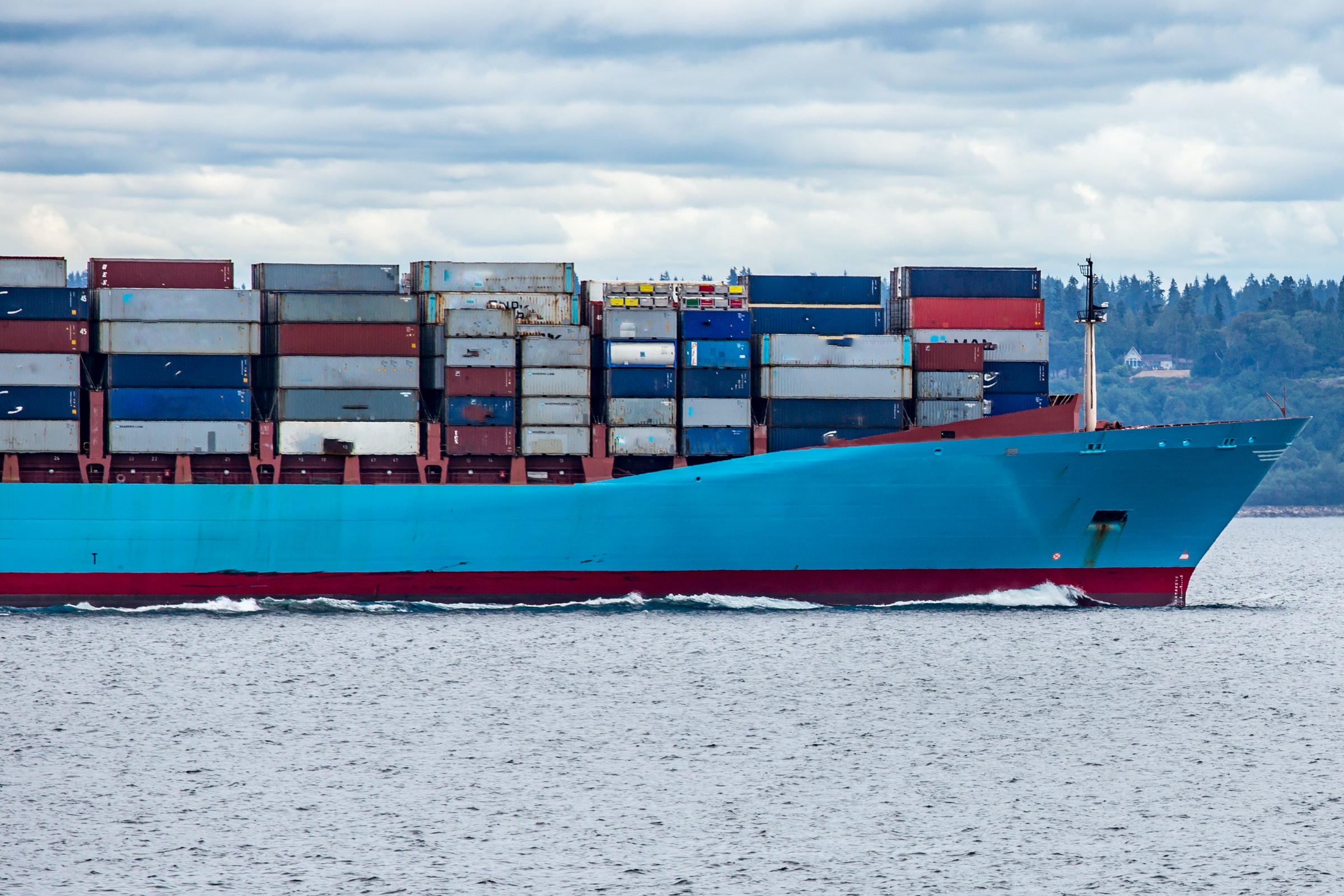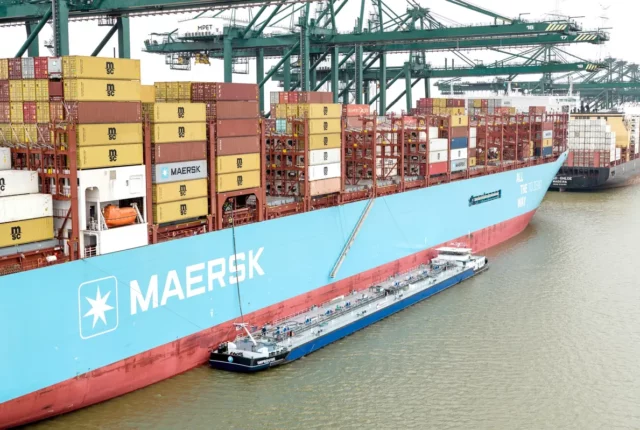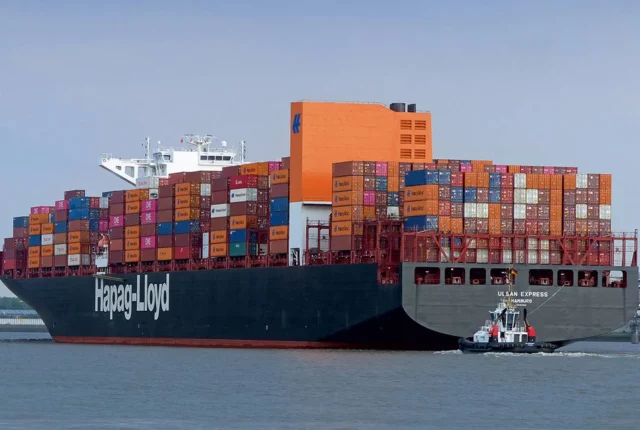
Adapt and Overcome: The Future of Shipping
Are changes permanent? Essentially, no. Companies are thrown various obstacles, either from internal or external sources with they have to adapt and overcome to make their business work. The premise is that for many shippers, a fundamental break from the past has occurred in their approach to supply chains, including where and how far away sourcing occurs and the nature of their relationships with vendors.
The permanence of that break, however, depends on a number of key factors. Among them are perceptions of risk, which is tied to the question of how long transportation networks will be disrupted due to the impact of the pandemic on consumer spending. Other factors such as the COVID-19 lockdowns in Shanghai, and the closely related question of how long capacity along the end to end system from vessel capacity to chassis supply and warehousing space remains tight.
Somewhere between 10 % and 12 % of global ocean shipping capacity is tied up in port congestion, and that the situation was getting worse, not better, in part due to the lockdowns in Shanghai and other Chinese cities that have already stretched for two months. Amid the enormity of the changes, the recent past is all too easily forgotten.
Prior to the pandemic, port congestion was virtually non-existent, there were zero ships awaiting berths at Long Beach, Los Angeles or other US ports. Freight rates were much lower than today, reflecting a trans-Pacific supply chain that was functioning properly more often than not.
The current thinking of the change is not permanent at all. Bjorn Vang Jensen, vice president of global supply chain advisory services at Sea Intelligence Maritime Analysis and a former head of transportation at Electrolux commented,
“All the BCOs I interact with in any way, say they know they have to adapt, and they do, but what they really mean is they know they have to adapt to the current market conditions and that those aren’t permanent.”






